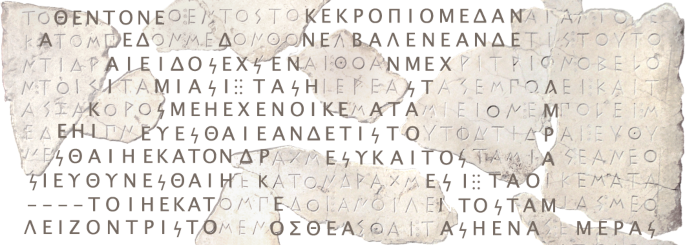Pulsegleaner
Garden Master
- Joined
- Apr 18, 2014
- Messages
- 3,603
- Reaction score
- 7,170
- Points
- 306
- Location
- Lower Hudson Valley, New York
That actually brings up a major dilemma with regards to archeology. Looting, of course, destroys archeological sites. But in a certain sense, so does legitimate archeological digging in that, once I site has been disturbed, it has been disturbed, and some of the data will have been lost. Advances in technology can lessen that loss, but can't eliminate it. Saying "wait to dig until the tech is good enough sounds fine, but since one can assume tech will ALWAYS get better, and the amount we can learn from an undisturbed site will ALWAYS be greater than what we would have learned had we excavated it earlier, there's a pretty good argument for NEVER excavating ANYTHING, EVER. And in places where is is well known that there is a ton of history under them (like say Rome, or pretty much any other major city) that also means never BUILDING on any place ever again. Actually, since we can never really know where items of historical or scientific worth may be found, you pretty much have to give up building, or even occupying, anywhere.I thought of putting this post on the current Pea thread since those posts evolved into a discussion on hallucinating squirrels. So, maybe, this would fit right in. Instead, a conversation on "reading" makes more sense, with regards to this article
.

Restoring and attributing ancient texts using deep neural networks - Nature
Ithaca—a deep neural network for textual restoration, geographical attribution and dating of ancient Greek inscriptions—collaboratively aids historians’ study of damaged texts.www.nature.com
Using Artificial Intelligence to help with understanding and the historical and locational placing of ancient Greek inscriptions. This points to the problem of the plundering of archeologically important sites that has been going on forever. But anyway, if inscriptions are in fragments or have been moved - where were they originally? When were they written? What all might be done to determine the information inscribed and, perhaps, missing?
As far as reading this scholarly work --- I read the Abstract.
Steve
The there is the idea that the best way to stop the illegal trade in antiquities is to stop the legal one (i.e. make the trade or possession of antiquities illegal) But then, where does one draw the line as to what does and does not constitute an antiquity, or by extension, and object of historical social or scientific value (that is another reason that much of the scientific community want to make private ownership illegal, they don't want to have to PAY to get items, or wait until someone donates them.) After all, ANY object eventually becomes of historical, social or scientific interest if it's around long enough. You end up with a sort of "scientific communism", where EVERYTHING is the property of the people (but only accredited professionals can ever see or touch it.)
This sort of reminds me of someone who was posting on Youtube back when those two ladies in Israel managed to bring the Judean date back to life. While most people applauded the ladies for this action, this person was throwing a fit, saying that they should never have been allowed to even TRY, because they were not accredited professionals and, if it had gone wrong the seeds would have been lost forever. Rather, it should have been left to a major university with access to the most modern seed growing tech. The fact that the seeds HAD been in the possession of such a university for thirty years, and they had just stuck them in a cabinet because NO ONE was interested in them, fell on deaf ears to him. I honestly don't know WHAT he wanted to happen (did he want someone to FORCE the universities to try and grow the seeds themselves, even if no one there wanted to? Did he have any idea how many potential projects there are in the world versus people to do them. We need all the help we can get!)

